
Adoption of digital health technologies came fast and furious in the pandemic, but now it’s up to insurers and patients to figure out the best recipe for a mix of remote and in-person care.

Adoption of digital health technologies came fast and furious in the pandemic, but now it’s up to insurers and patients to figure out the best recipe for a mix of remote and in-person care.

The FDA is postponing its Vaccines and Related Biological Products Advisory Committee meeting originally scheduled for February 15. Pfizer notified the agency about new data from its ongoing clinical trial.
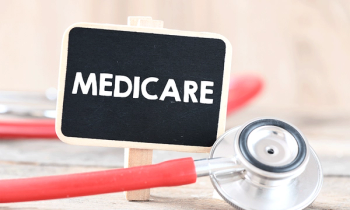
In the sixth year of Medicare’s Independence at Home Demonstration program, the initiative saved $41 per member per month, an amount that CMS says was not statistically significant and was lower than the savings the program produced in earlier years.

Under the proposed rule, CMS would cover Aduhelm and other monoclonal antibodies for Alzheimer’s disease patients only if they are participating in approved clinical trials.
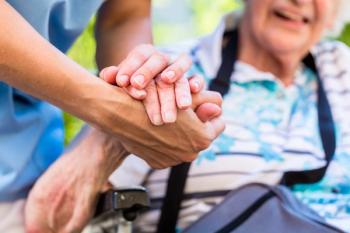
The Community Aging in Place—Advancing Better Living for Elders (CAPABLE) program developed at the university’s nursing school is designed to keep older people who are frail, have chronic medical conditions or can’t complete activities of daily living in their homes by providing care and help from conventional healthcare professionals — nurses, occupational therapists — but also from people who can do minor house repairs.

Keeping older people in their homes has cost and care advantages. Yet Medicare and Medicaid are still geared toward paying for care in institutionalized settings.
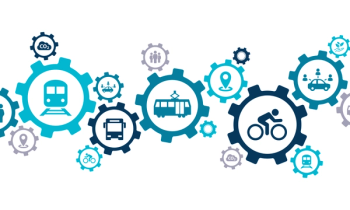
Medicare and Medicaid programs that serve the most-vulnerable Americans facing SDOH barriers can be major facilitators of appropriate non-emergency transportation to non-medical sites. But how do we determine what is appropriate, and what do we know about transportation services to non-medical sites today?

The questionnaire is seen as a low-risk, high-reward method of assessing asthma comorbidities in children.
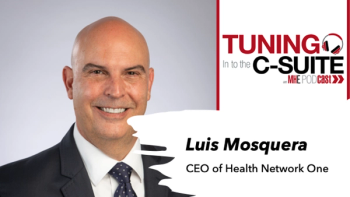
Briana Contreras, editor of Managed Healthcare Executive spoke with Luis Mosquera, CEO of Health Network One, a provider of specialty benefit management services for health insurers, in this week's episode. In this discussion, Luis and Briana talked about how value-driven decisions in a more value-based market can not only better manage costs for health plans, but create a plan of care to best meet patient’s needs. In order to do this, Luis strongly encouraged healthcare executives to experience alternative payment models and shared what payers should check off their list with a new model.


Most of the studies into socioeconomic status and obstructive sleep apnea have limitations that make causal inference difficult.

There is a bias in this country against people whose medical condition is perceived to be “their fault”– in other words, the result of their own lifestyle choices. To combat stigma and its harmful effects, there needs to be broader understanding, even among medical professionals.

Recent treatment may affect the antibody response, particularly among those with hematologic cancers.

The oral formulation of the muscle relaxant was also approved as a treatment for spasticity associated with spinal cord injuries.

New technology can be used to diagnose many sleep conditions without the need for an overnight stay at a specialized sleep laboratory, investigators say

BioMatrix Specialty Pharmacy is now included as a preferred provider in AscellaHealth’s home infusion pharmacy network.

“Long COVID” is more likely to affect older people and those who have been hospitalized, but younger people with milder symptoms are not immune to lingering symptoms. One plausible explanation is that the infection results in the activation of autoantibodies.

New technology detects changes in the brain beyond the lesions seen with normal MRI scans.

Risk is not associated with cardiovascular events such as heart attacks, Kaiser Permanente researchers report.

Though blockchain remains very much a work in progress for health insurers, one of the industry’s first significant forays into the technology is yielding promising early returns.

Advantages may run into entrenched interests.

Drugs works by interfering with the classical complement pathway.

Findings from a randomized controlled trial reported in JAMA Internal Medicine today show that among short sleepers, adding sleep decreased calorie intake and led to some weight loss.

Special purpose acquisition companies took off as investment vehicles in healthcare. Increased regulatory oversight and some flagging stock prices may cool off the trend.

About 5,000 women living with HIV in the U.S. give birth each year.

Antibodies level went after a third dose but the response was weaker among those being treated with fingolimod than among those taking anti-CD20 treatments such as Rituxan.

The Biosimilars Forum Board of Directors recently appointed Juliana M. Reed as its new executive director and Formulary Watch got the scoop from Reed first hand.
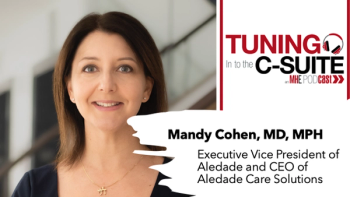

The conclusion of the pre-print meta-analysis is that small effect of "nonpharmaceutical interventions" on COVID-19 mortality rates did not outweigh the effects of lockdowns.

A Kaiser Family Foundation survey found that all the responding programs had at least one initiative to expand behavioral health services.